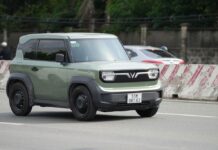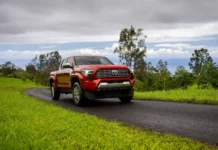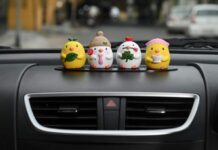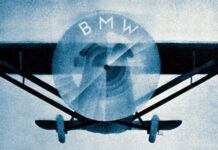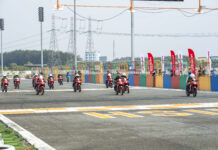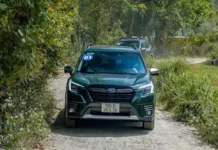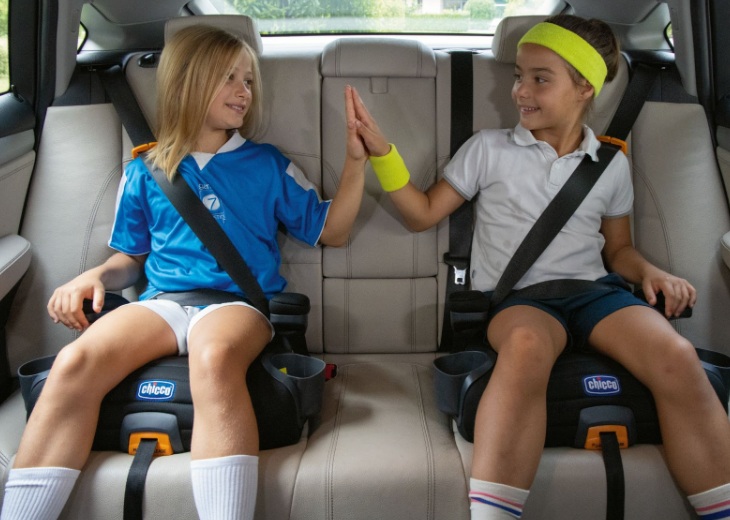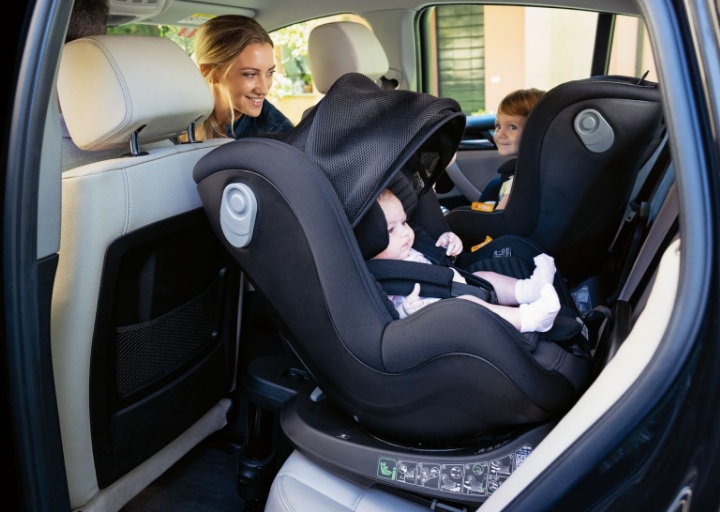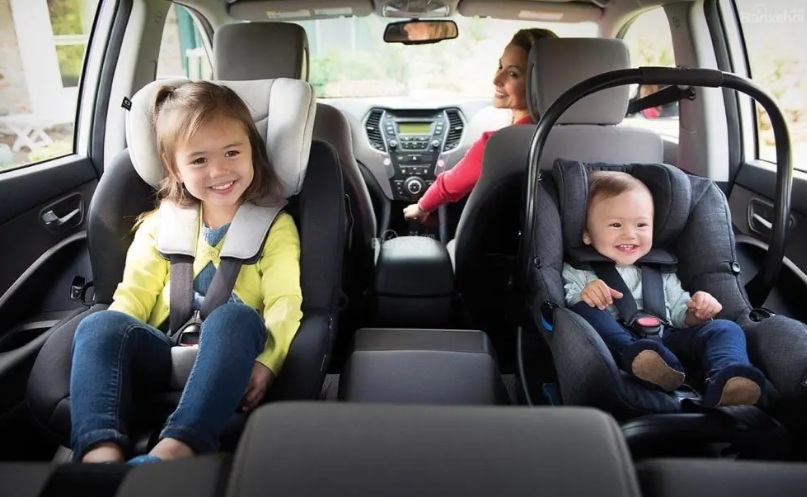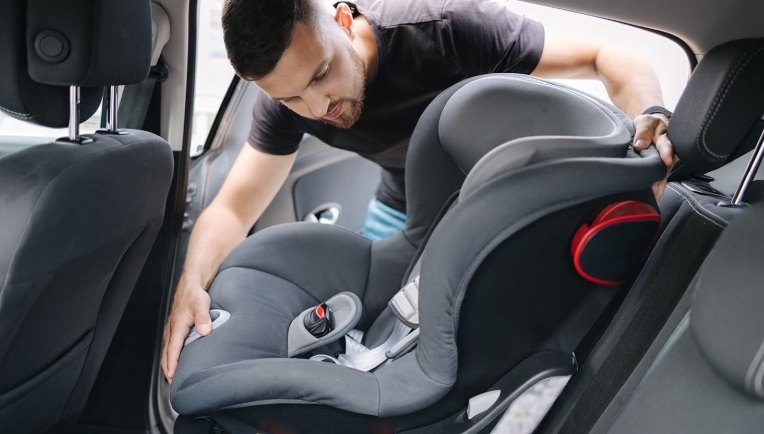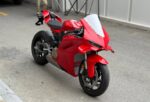Starting January 1, 2026, the use of child safety seats in cars will become mandatory under the 2024 Road Traffic Order and Safety Law.
This change has prompted many parents to start worrying and searching for suitable seats for their children. However, the more critical aspect is understanding how to choose the right type of seat, appropriate for the child’s weight group, and using it correctly, as these factors determine the level of protection for the child during every car journey.
Why are child safety seats necessary in cars?
Car seat belts are designed for adults, with heights and body structures entirely different from those of children. If a child sits directly on the seat and uses the seat belt like an adult, the belt can easily cross their neck or abdomen, posing a danger in the event of a collision. Even a sudden brake can cause the child to be thrown forward. According to traffic safety experts, at a speed of about 50 km/h, a 10 kg child can generate an impact force equivalent to 700–1,000 kg.
Numerous international studies show that child safety seats can reduce the risk of fatal and severe injuries by 70–90% in accidents. Therefore, this is not an optional accessory but a mandatory piece of equipment to protect children on every journey.
Seat groups and types based on weight and age
According to standards, child safety devices are categorized by the child’s body weight, rather than just age, as many families assume. The basic groups include:
Group 0: For newborns up to about 6–9 months old, under 10 kg. The device is typically a portable crib or shell-shaped seat, which must be installed rear-facing to protect the head and neck—extremely vulnerable at this stage.
Group 0+: For children up to 12–15 months old, under 13 kg. Still a rear-facing crib-style seat, it better distributes force during a collision.
Group I: For children weighing 9–18 kg, typically aged 1–4 years. The device is a forward-facing seat with a built-in 5-point harness, securing the child at the shoulders, hips, and between the legs to prevent sliding during sudden braking.
Group II: For children weighing 15–25 kg, typically aged 4–7 years. At this stage, children transition to a booster seat with a backrest, using the car’s 3-point seat belt instead of the child seat’s 5-point harness. The seat positions the child’s body correctly for compatibility with the adult seat belt.
Group III: For children weighing 22–36 kg, typically aged 6–10 years but not yet 1.35 meters tall to use the seat belt directly. This group uses a backless booster seat. The primary purpose is to elevate the child so the seat belt crosses the pelvis and shoulder correctly, avoiding dangerous positioning around the abdomen or neck.
Criteria for choosing the right safety seat
When selecting a safety seat, parents should prioritize products meeting safety standards such as ECE R129 (Europe) or FMVSS 213 (USA), along with a compliance mark according to Vietnamese regulations. The seat should have a secure installation system, particularly ISOFIX—an international standard that firmly attaches the seat to the car, significantly reducing the risk of incorrect installation.
Additionally, choose seats with 3- or 5-point harnesses, easily adjustable to accommodate the child’s growth, and a design that snugly fits the body. Features like adjustable tilt, headrest height, and stage conversion extend the seat’s usability.
Parents should also opt for reputable brands with clear warranties. For families with multiple children or smaller cars, carefully consider the seat’s size to avoid installation issues or rearranging the entire back seat.
Proper installation and usage
Choosing the right seat is just the first step; improper installation and usage can significantly reduce its protective effectiveness.
For younger children, especially those under 2–4 years old, the seat should be installed rear-facing to minimize impact on the head and neck during a collision. The safest position is always the back seat, and children under 10 years old or shorter than 1.35 meters should never sit in the front seat without a specialized device, as airbags can cause severe injuries.
During installation, parents must carefully read the instructions, securing the seat with ISOFIX or the car’s seat belt to ensure it doesn’t shake or rotate during sudden braking. The harness should be snugly adjusted around the child’s shoulders and hips, avoiding pressure on the neck or abdomen.
As children grow and transition to booster seats or cushions, regularly check the car’s seat belt position, ensuring it always rests correctly on the pelvis and shoulder for optimal protection.
Purchasing and using child safety seats is not only about complying with the 2026 legal requirement but also directly safeguarding the child’s life and health. Parents should start by identifying the appropriate seat group, selecting a standard-compliant product, and paying special attention to correct installation. Even a small error can significantly reduce the seat’s protective effectiveness.
A child safety seat is the most crucial “shield” for children during every car journey. Therefore, prepare early and choose carefully—it’s the simplest way to ensure every trip with your child is safe and complete.
TH (Tuoitrethudo)

